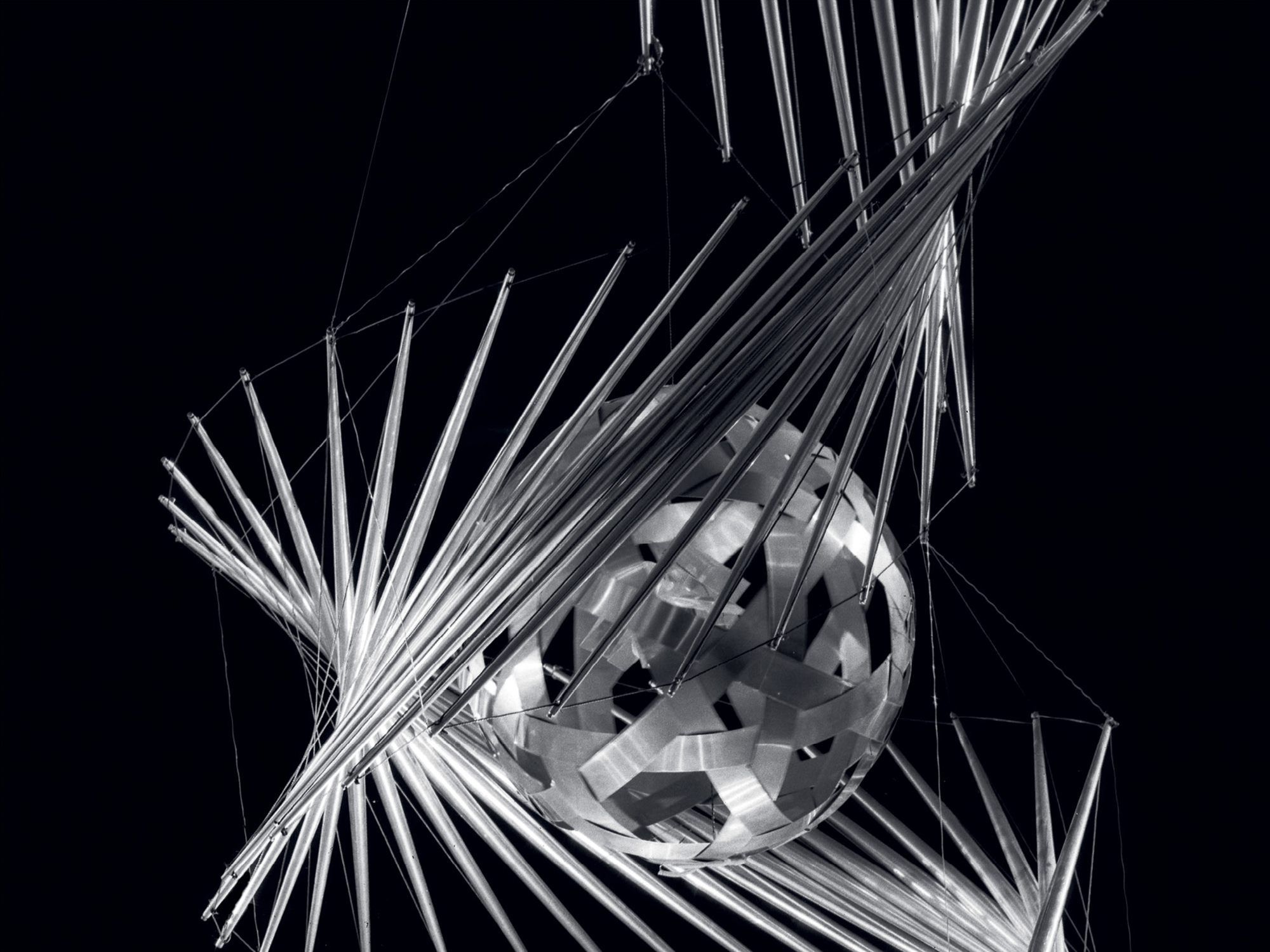
On February 3, the Zarya Center for Contemporary Art will launch its latest exhibition, “Perpetuum Mobile: Russian Kinetic Art”, a retrospective of one of the most fascinating episodes in the history of Russian art, featuring works by kinetic artists from the Avant-Garde to the present day.
“Perpetuum Mobile” embarks on an unprecedented attempt to understand the scale and significance of this movement, taking a comprehensive look at Kineticism from the moment of its inception up until today.
The contours of the relatively cohesive art historical movement known as Kinetic Art originally took form in the Western art of the 1950s. It was at this time that terms like “kineticism,” “kineticists”, and “kinetics” (all deriving from kinesis, the Greek word for “movement”) first came to be used in an art historical context. These terms heralded a new type of creator: the artist-engineer, attempting to inject art with movement, through the help of mobiles, mechanical and optical devices. The roots of this movement, however, can be traced back to the Russian Avant-Garde, working at the beginning of the 20th century.